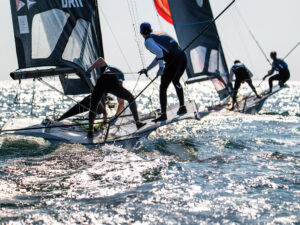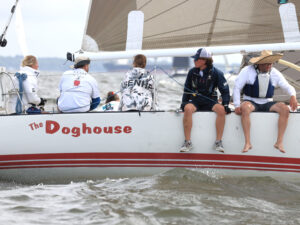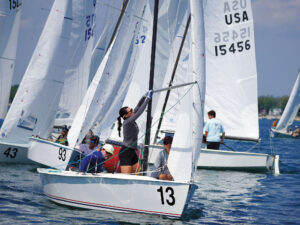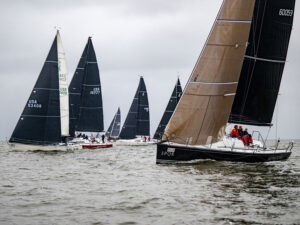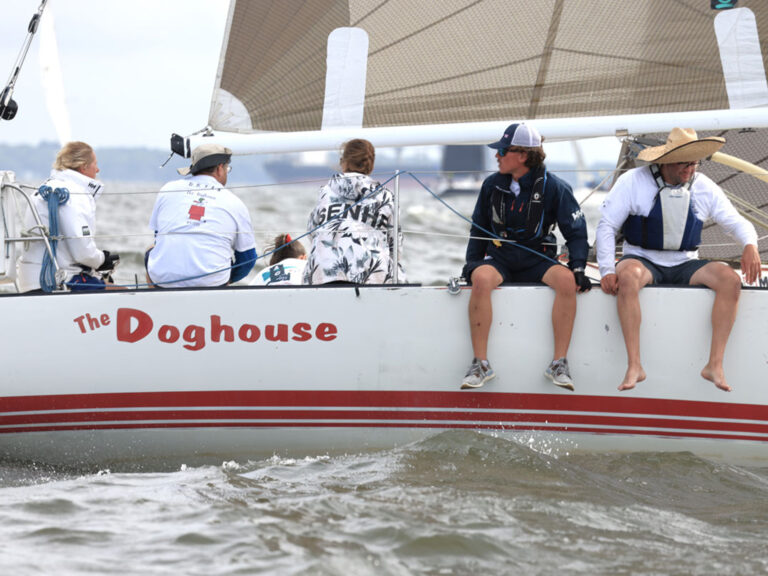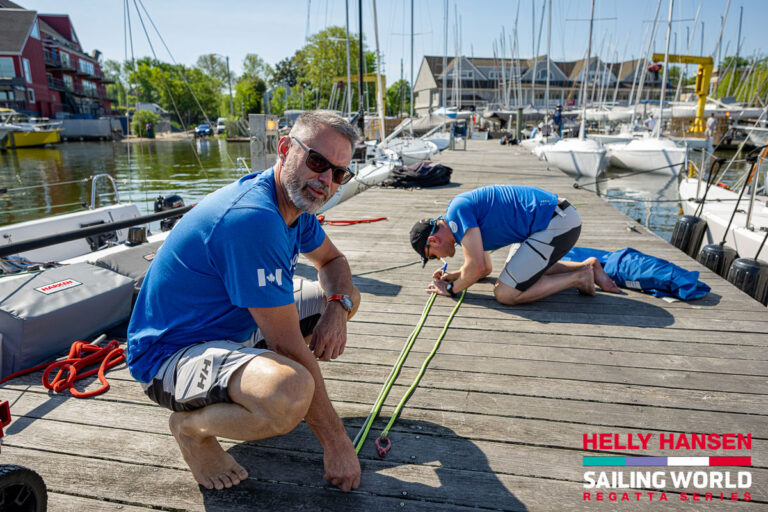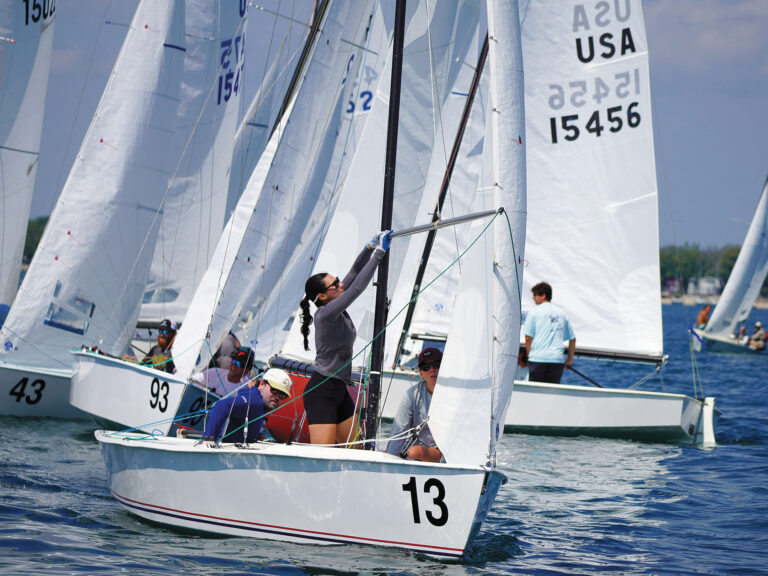As a teenager I often imagined all the boats Id buy and places Id sail if I had a windfall inheritance. The day dream kept me going as I worked, mowing lawns or picking up golf balls at a driving range. Its been a while, but I had another dream recently that might sound good to you, too.
Summers still a week away, but youve been racing hard since January on your sleek 60-foot ocean racer. Now youre off again, only this time youre headed for Germany in the New York YCs Daimler Chrysler transatlantic with two dozen other good boats. Your team sails well, and before June is history, youve joined a short list of navigators whove raced the Atlantic in competitions spanning the last century.
When you finish, you dont even think about catching a plane home. Instead, you make a fast delivery up the Irish Sea to the Royal St. George YC, because your next race is the Admirals Cup! Your teammate, a member of your home club you recruited last fall, is already there, practicing on Dublin Bay. Hes tuning up his chartered 40-footer and mostly amateur crew to compete in the IMS 600 class.
Before you both know it, the revamped Admirals Cup is underway. First you do a hard-core week of inshore and short-distance racing, then the whole thing climaxes with a 710-miler around Ireland. Now youre really earning your navigators stripes.
If you win, youll be hosting cocktail parties until 2005 in front of the Admirals Cup trophy case at your home club, but win or lose, youve already had an unforgettable summer. Still, it wouldnt seem complete without making it to Cowes, and youre in luck. You just have time to make the start of the Rolex Fastnet Race–the most famous distance race of all–which sets sail from the Solent in early August.
When the Royal Ocean Racing Clubs Admirals Cup was cancelled last year, the RORC needed to make some brave and radical moves to restart it. I offered some advice in this space, but the club ignored me and instead hit on the idea of approaching yacht clubs (not national authorities) to send teams of two boats (not three). Club pride can be powerful motivator, and the word is out at New York, Storm Trysail, Chicago, the Royal Canadian, and other North American clubs.
By using IRC (the RORCs secret formula rule) for a big-boat class of 50- to 80-footers and the IMS 600 class for small boats (production boats such as the Beneteau 40.7 and IMX 40), the RORC has taken an approach both politic and practical. And by moving the Cup away from Cowes and adopting the principle that it will continue to move, like any world championship, the series can stay fresh. Your club could be the host in 2005, although winning is no guarantee of that.
Will the reincarnated Cup succeed as the RORC hopes, drawing multiple teams from several continents? Indications are positive, but its early yet. Potential pitfalls I can see are some surprises with IRC ratings and the relatively untested ISAF Classification Code (a factor for the IMS 600s). But heck, were talking about ocean-racing adventure here; the final result isnt absolutely central to having a lifetime experience. Yes, theres a hefty price tag that goes with making this dream happen, but if youve already bought the boat, why settle for a minor-league campaign? Unless were lucky enough to be on your crew, the rest of us will wait a bit longer for our windfall, but well surely make our run in 2005.

